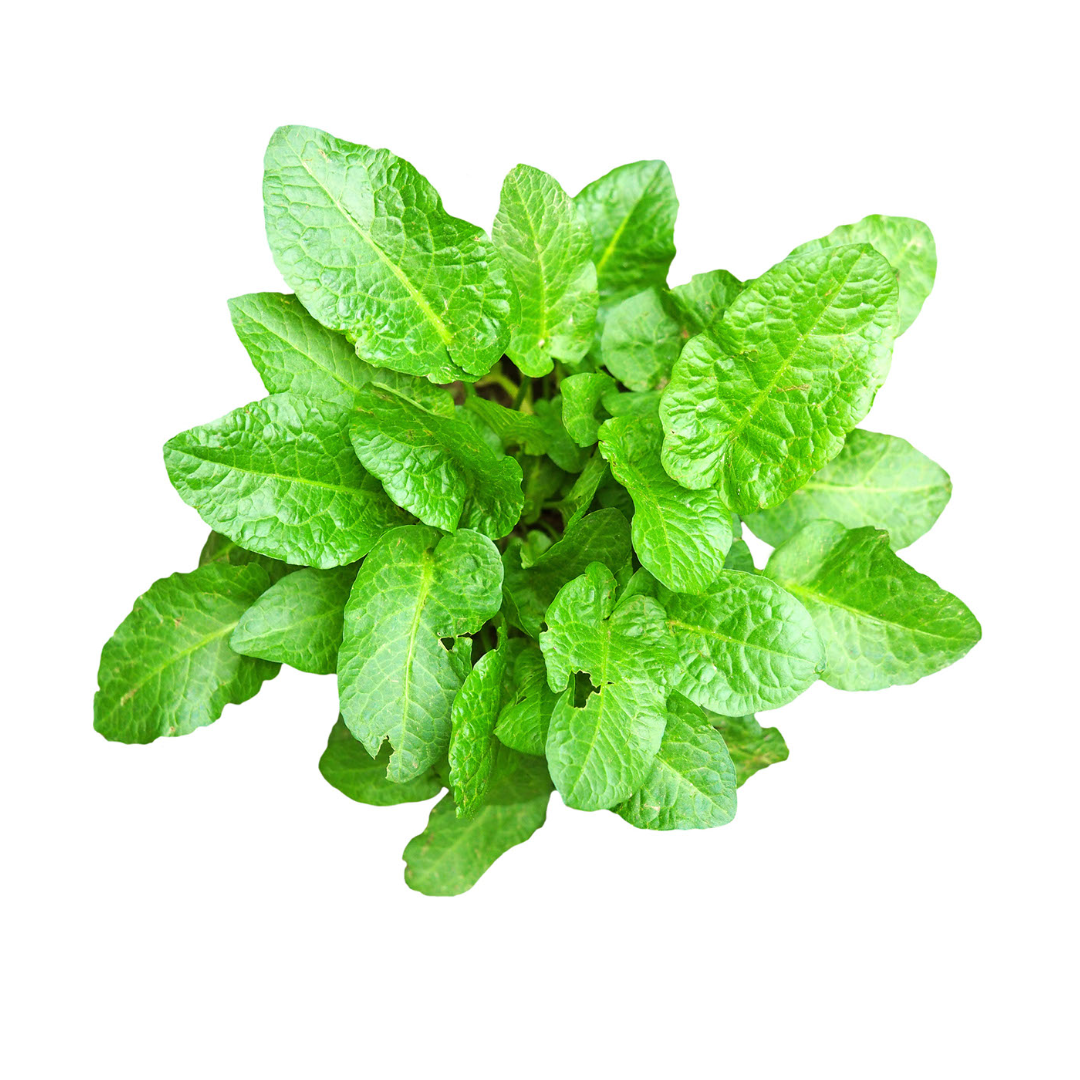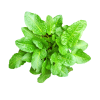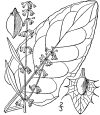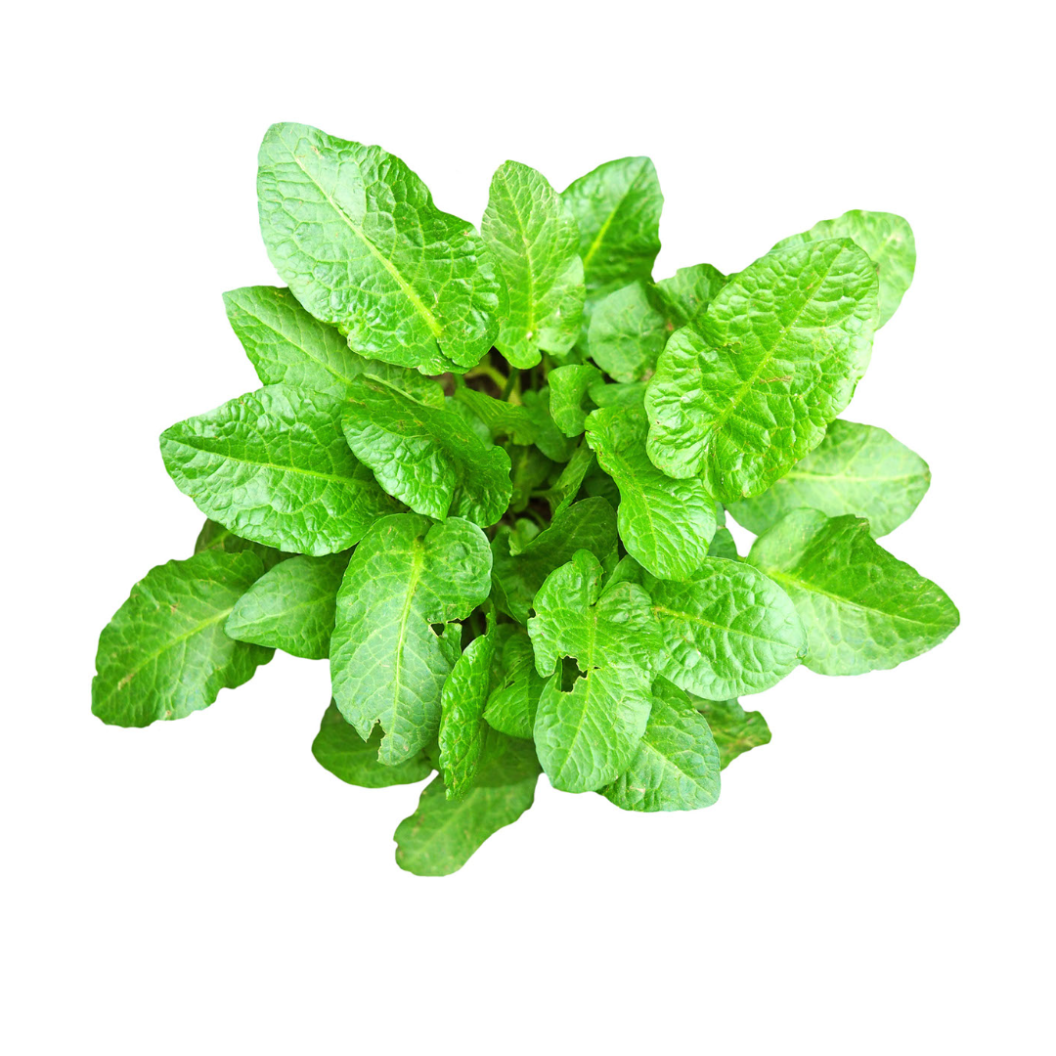



Broadleaf Dock
DESCRIPTION: Broadleaf Dock is a type of weed that can grow up to 5ft tall. The plant is commonly found along roadsides, in fields, and gardens. It is considered invasive in some regions and is generally considered a nuissance plant because of its ability to quickly spread and compete with other plants for nutrients and resources.
SCIENTIFIC NAME: Rumex obtusifolius
OTHER NAMES: Bitter Dock, Bluntleaf Dock, Indian Tobacco
LEAF TYPE: Broadleaf
FLOWERS: Small, greenish flowers that bloom in late spring or early summer. Arranged in tall, thin stalks that can reach up to 3 ft in height. The plant can sometimes produce reddish or pinkish tints on its stems and leaves which may give the impression of the flowers being reddish or pinkish.
LEAVES: Large oval or lance-shaped leaves that can grow up to 12 inches long and 6 inches wide. They are typically green in color but may develop a reddish or brownish tinge as they mature. The leaf edges are often slightly curled or wavy, and the base may be slightly heart-shaped or rounded.
LIFE CYCLE: Perennial
HOW TO IDENTIFY: The leaves are the most distinctive feature of this plant. Look for large, oval or lance-shaped leaves with a slight curl or wave on the edges. Stems will be stiff and upright and will shoot up from the leafy base.
MECHANICAL CONTROL RECOMMENDATIONS:
1. Hand pulling - More Info
2. Digging - More Info
3. Mowing - More Info
4. Cutting Back and Bagging - More Info
5. Smothering - More Info
6. Cultivation - More Info
7. Solarization - More Info
CHEMISTRY RECOMMENDATIONS:
"Pre-emergent herbicides:
Trifluralin: This is a widely used pre-emergent herbicide
Oryzalin: Another pre-emergent herbicide
Isoxaben: This is a pre-emergent herbicide
Prodiamine: Prodiamine is used to control a wide range of grassy and broadleaf weeds
Benefin + Oryzalin: This is a combination herbicide that targets both grassy and broadleaf weeds
Post-emergent herbicides:
Glyphosate: Glyphosate is a broad-spectrum non-selective herbicide
2,4-D: This is a selective broadleaf herbicide
Dicamba: Dicamba is another selective broadleaf herbicide
Triclopyr: Triclopyr is effective against a wide range of broadleaf weeds
Metsulfuron-methyl: This herbicide is often used for controlling broadleaf weeds and some grasses in turfgrass and non-crop areas
Fluroxypyr: Fluroxypyr is known for its effectiveness against many broadleaf weeds
Clopyralid: Clopyralid is effective on certain broadleaf weeds
Selective herbicides:
2,4-D: 2,4-D is a commonly used selective herbicide that targets broadleaf weeds, including Rumex obtusifolius
Dicamba: Dicamba is another selective herbicide effective against broadleaf weeds
Clopyralid: Clopyralid is known for its selectivity against broadleaf weeds while sparing grasses
Triclopyr: Triclopyr is effective against many broadleaf weeds, including woody plants
Fluroxypyr: Fluroxypyr is effective against a range of broadleaf weeds and is used in various settings, including lawns, turf, and non-crop areas
Metsulfuron-methyl: While it's primarily used as a post-emergent herbicide, metsulfuron-methyl can have selective activity against certain broadleaf weeds and grasses
Non-Selective herbicides:
Glyphosate: Glyphosate is one of the most commonly used non-selective herbicides
Glufosinate: Glufosinate is another non-selective herbicide that can control a variety of weeds, including broad-leaved dock
Diquat: Diquat is a contact herbicide that works quickly to desiccate and kill plant tissues on contact
Pelargonic Acid: Pelargonic acid-based herbicides are contact herbicides derived from fatty acids. They work by breaking down the cell walls of plants on contact
Recommended Prevention
Recommended Control

